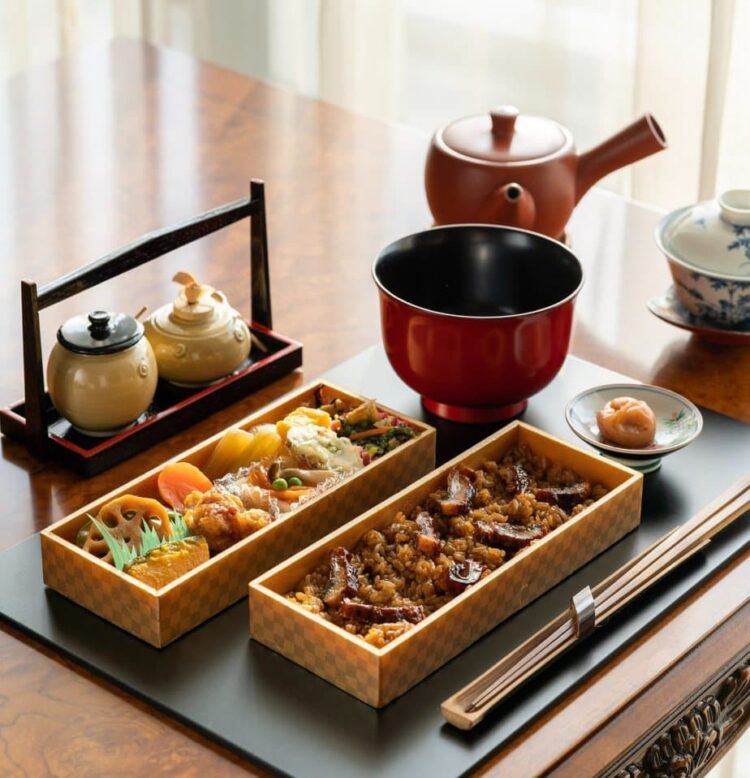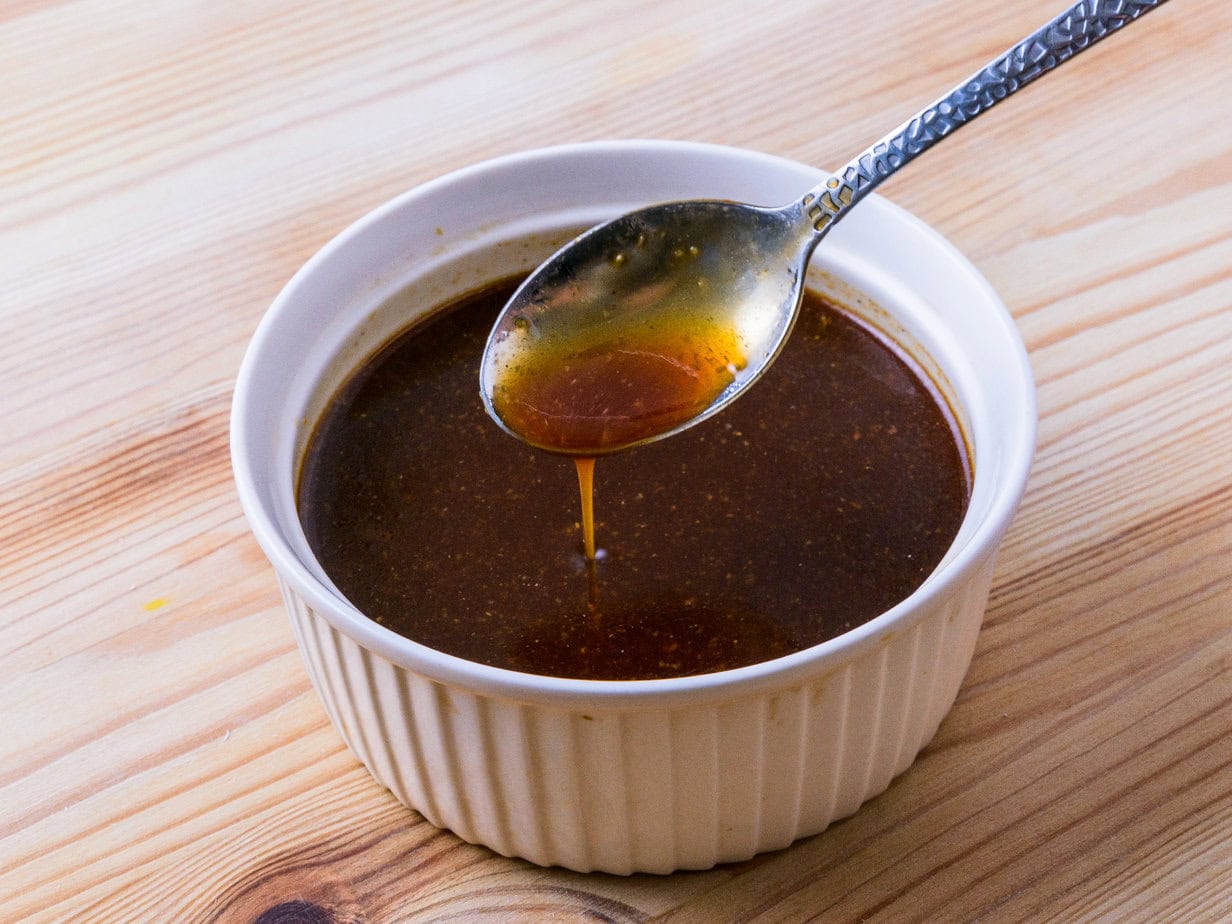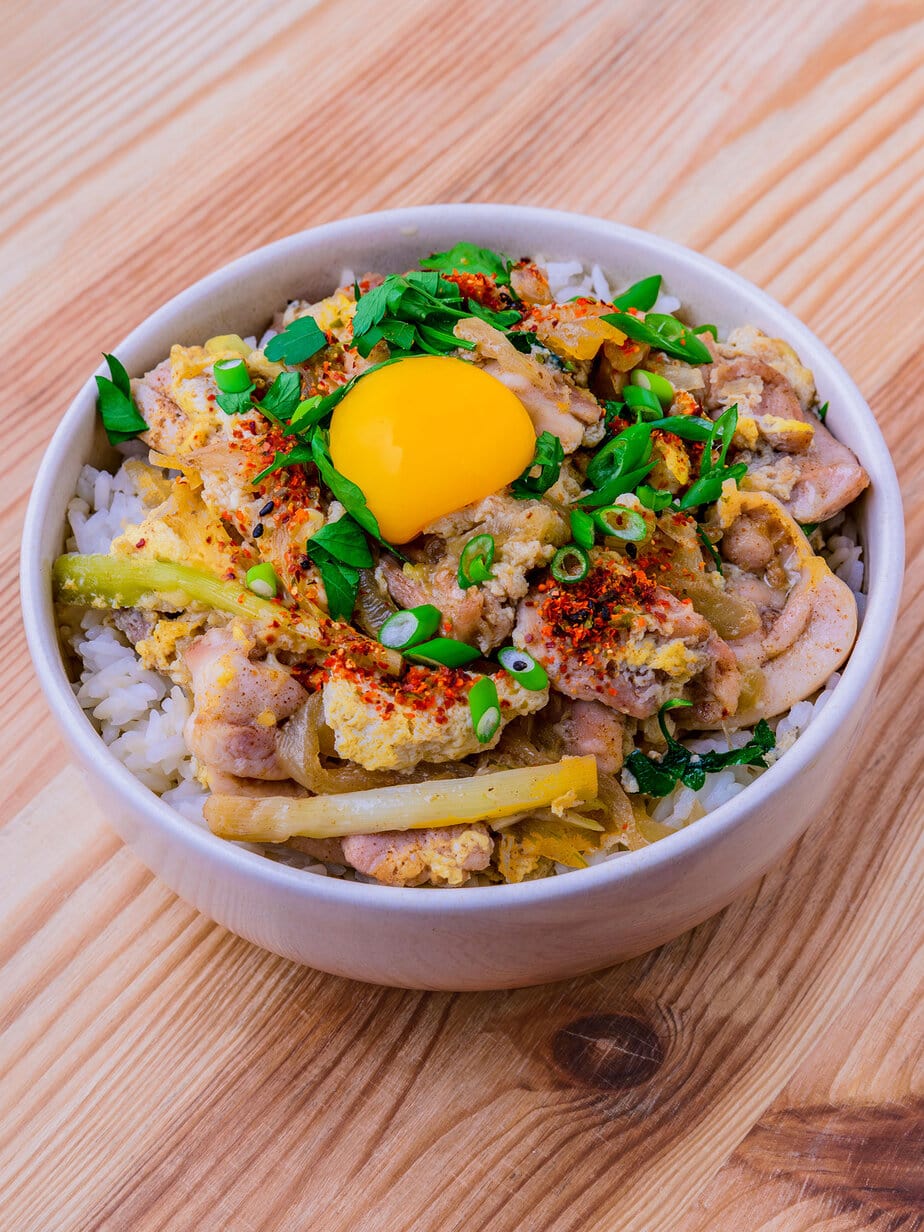The History of Japanese Cuisine
Japanese cuisine has long been influenced by both Korea and China. It is best summed up in three words – simplicity, presentation, and seasonality. People around the world respect and enjoy Japanese food. The cuisine features more than 1,500 products, with rice at its core.
My Latest Japanese Recipes
Japanese Cuisine and the Rise of Buddhism
The spread of Buddhism in Japan forbade the killing of many animals and, among other things, the eating of red meat.
As a result, fish and tofu became staples, and countless recipes relied on them. The ban was lifted only in 1872, and even then people were allowed to eat meat only outdoors.
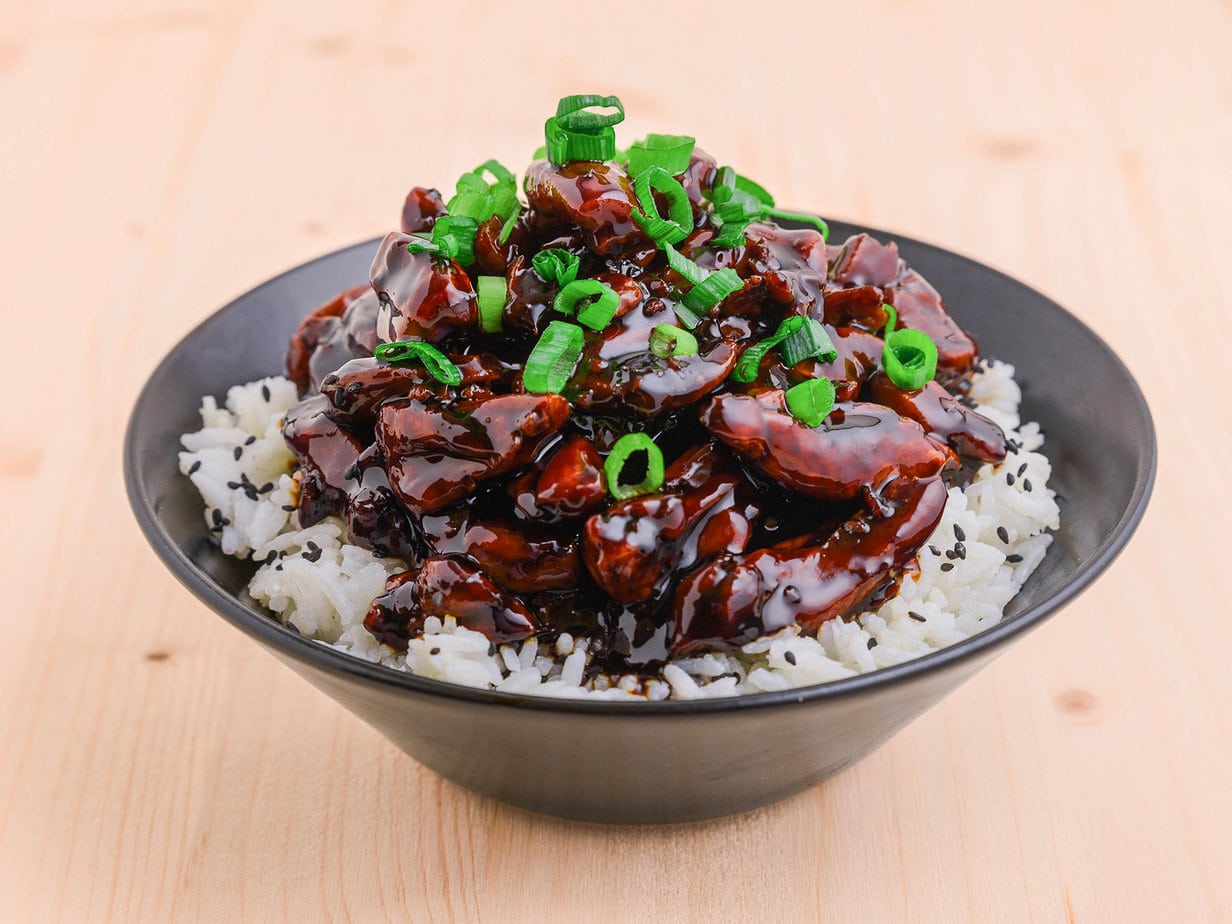
Chopsticks, a Sign of Nobility?
Originally, only the nobility used chopsticks. Over time, however, economic, social, and political changes spread their use throughout society.
The moment ordinary people began using chopsticks marked a clear decline in economic and social inequality.
Traditional Japanese Cuisine
Traditional Japanese meals revolve around rice (think of maki sushi), miso soup, and a few side dishes. Seasonal ingredients matter greatly. Typical sides include fish, pickled vegetables, and cooked vegetables such as stir-fried yasai itame.
Seafood is hugely popular, and grilled fish is common. Raw fish, known as sashimi, is equally celebrated.
Noodles share the spotlight with rice. Two classics are soba noodles and udon. Soba often stars in dishes such as zaru soba.
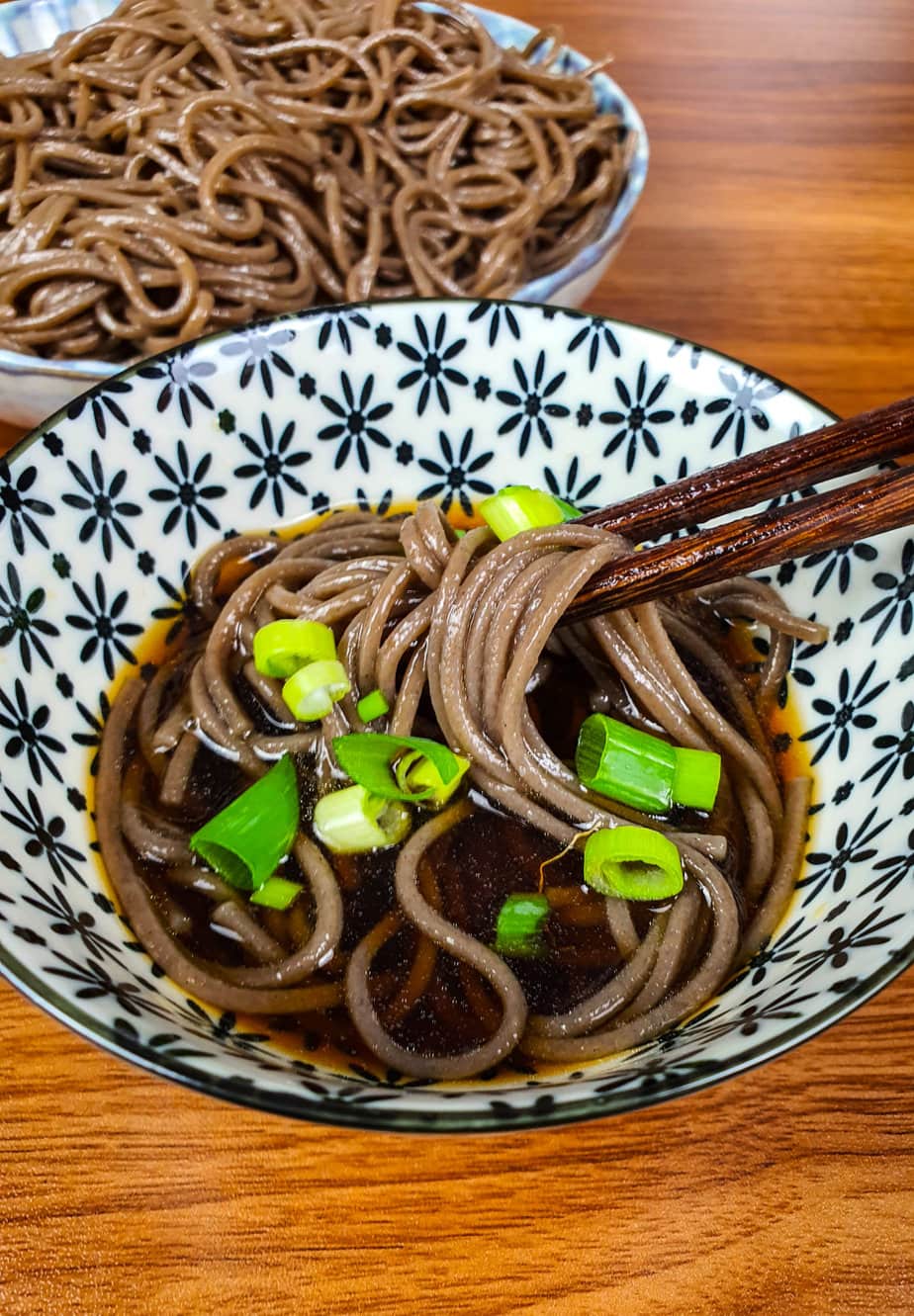
Steamed white rice is often paired with one or more dishes. Stir-fried rice is called yakimeshi. The main and side dishes are traditionally served with a bowl of miso soup and tsukemono.
Korean and Chinese Influences
Korea introduced rice to Japan, while China brought soy sauce, ramen (yes, really!), and the cold ramen Hiyashi Chuka. The ramen broth styles Chintan and Paitan also came from China. So did the tare for tantanmen, the classic topping Chashu pork, and even the beloved yakisoba noodles.
Japanese diners eat first with their eyes, so plating and visual appeal are essential. A Japanese meal is not just nourishment; it is also an occasion for socializing and communication.
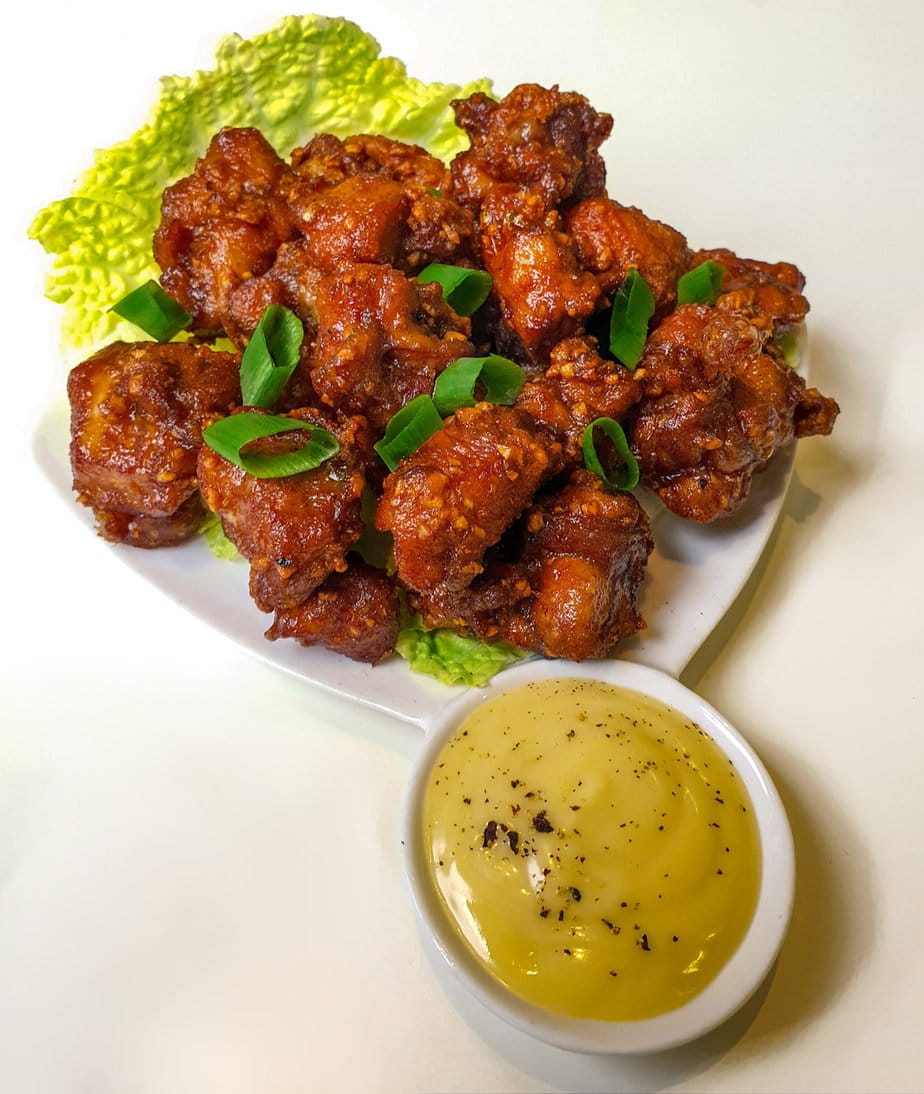
Dashi (a stock made from kombu) and soy sauce are the two cornerstones of Japanese cooking, appearing in almost every dish. There are three main types of soy sauce, but dark soy is the most common. I explain the differences in my article on soy sauce.
Some fun East-meets-West dishes include cheese beef yakitori skewers, omurice, korokke, hambagu, and chicken nanban.

Main Characteristics of Modern Japanese Cuisine
The Japanese engage all five senses when they eat: taste, touch, sight, hearing, and smell.
Japanese food is generally simple, healthy, and light. Dishes are often prepared with little or no oil, and absolute freshness is prized.
Meals are served in small bites and eaten with chopsticks. Even the meatballs come bite-size.
The preparation and presentation of food are considered true art forms in Japan.
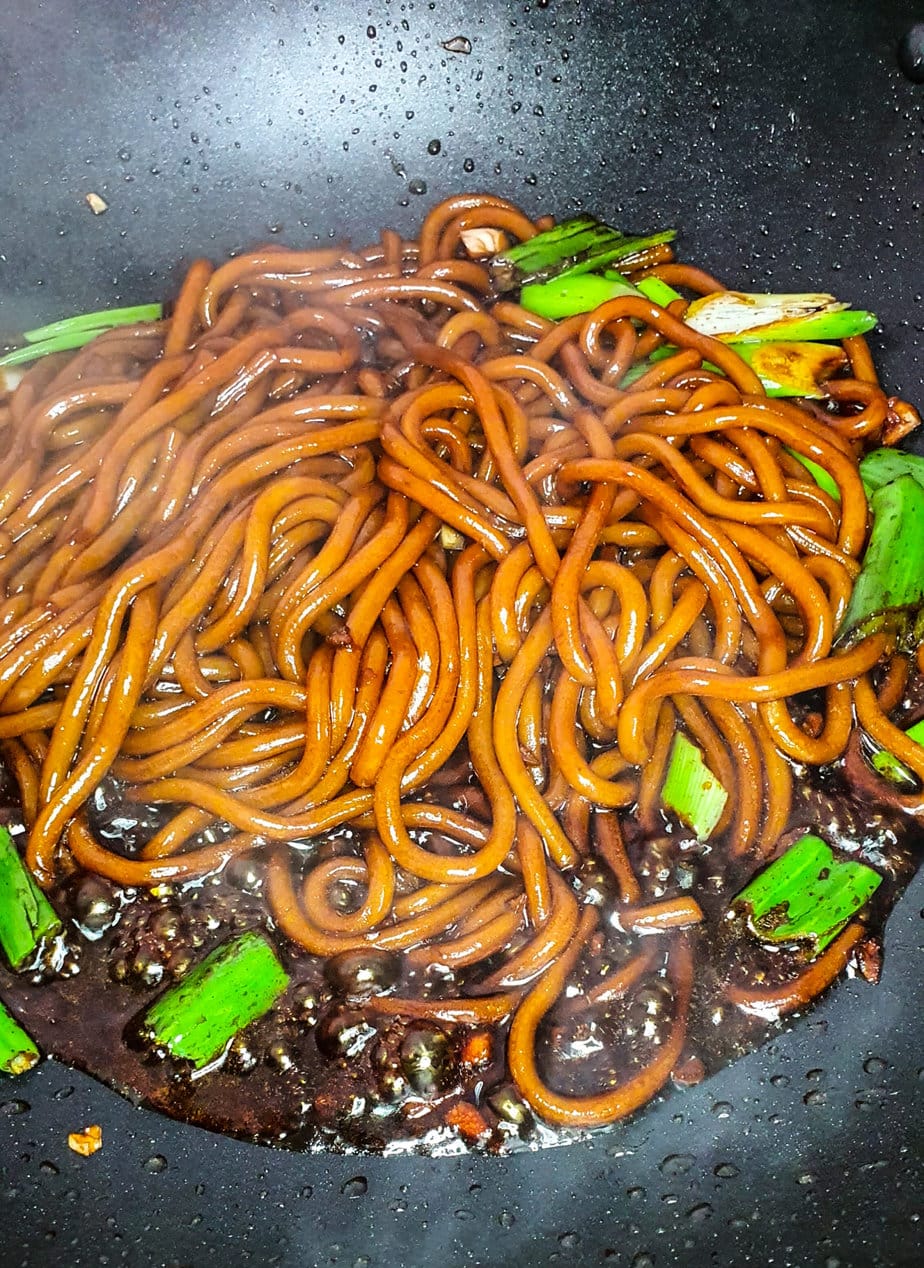
Japanese dining comes with many rules. Sipping soup or noodles is encouraged because it shows appreciation (though not soups that contain rice).
Other customs include never catching falling utensils with your hand, never mixing wasabi into soy sauce, avoiding biting food in half, never resting chopsticks across the bowl, and never lifting food above mouth level.
Specific Utensils in Japanese Cooking
Japanese kitchens use many unique tools. Here are some of the most common:
- Bamboo mat: used to shape sushi rolls. It is made of bamboo, of course. You will not need one for temaki. Note that sashimi are not sushi, unlike nigiri.
- Bento box: a compartmented box that lets you carry lunch or tableware.
- Cooking chopsticks: called saibashi, they are twice as long as eating chopsticks. Perfect for picking up pieces of tonkatsu or chicken katsu in a katsudon.
- Chopstick rest: called hashi-oki, it holds chopsticks so they never touch the table.
Other staples include cutting boards, knives, miso strainers, mortars and pestles, square omelette pans for tamagoyaki, skewers, and more.
Grilling and More Grilling!
Grilling is huge in Japan. Think of chicken yakitori skewers or tsukune meatballs, loved worldwide for good reason. My yakitori sauce recipe is here if you need it.
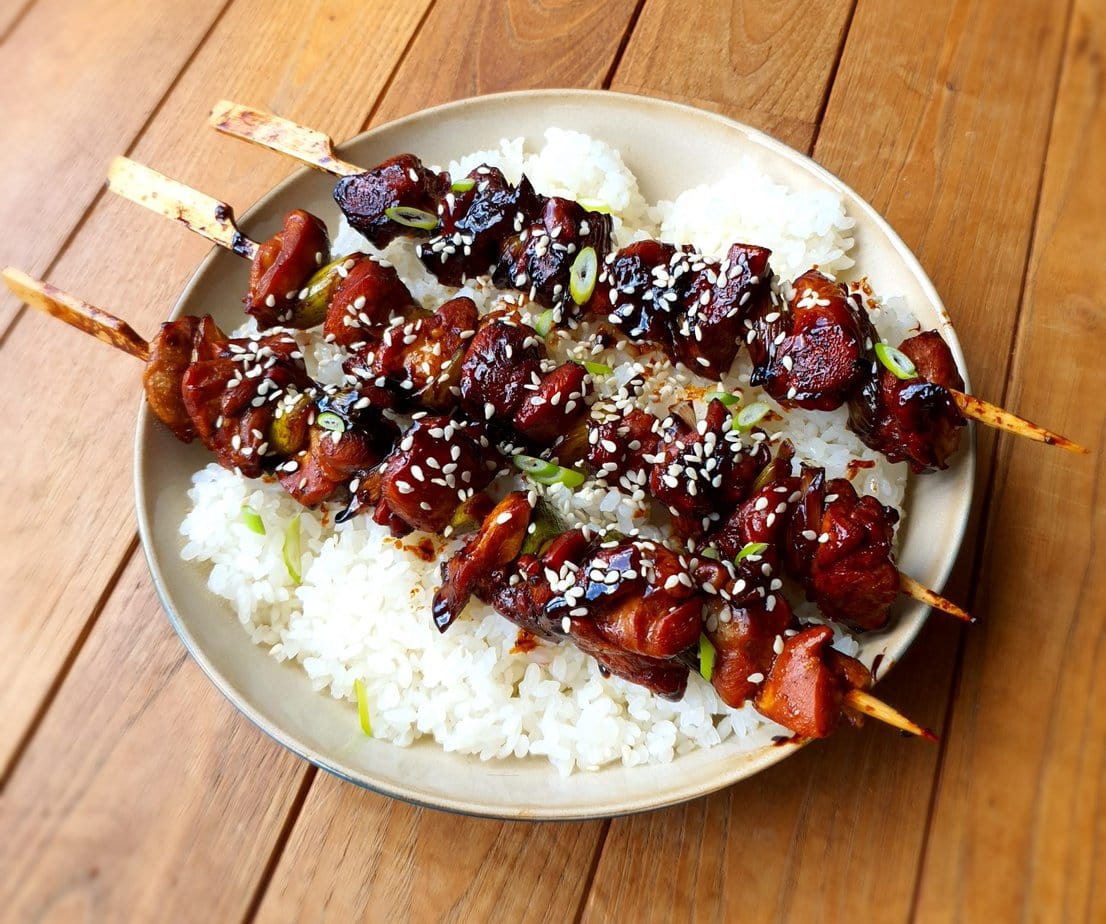
Japanese Dumplings
Japan’s dumpling scene is diverse, far beyond the popular gyoza. Gyoza, with their flavorful filling wrapped in a thin gyoza wrapper, have conquered palates worldwide.
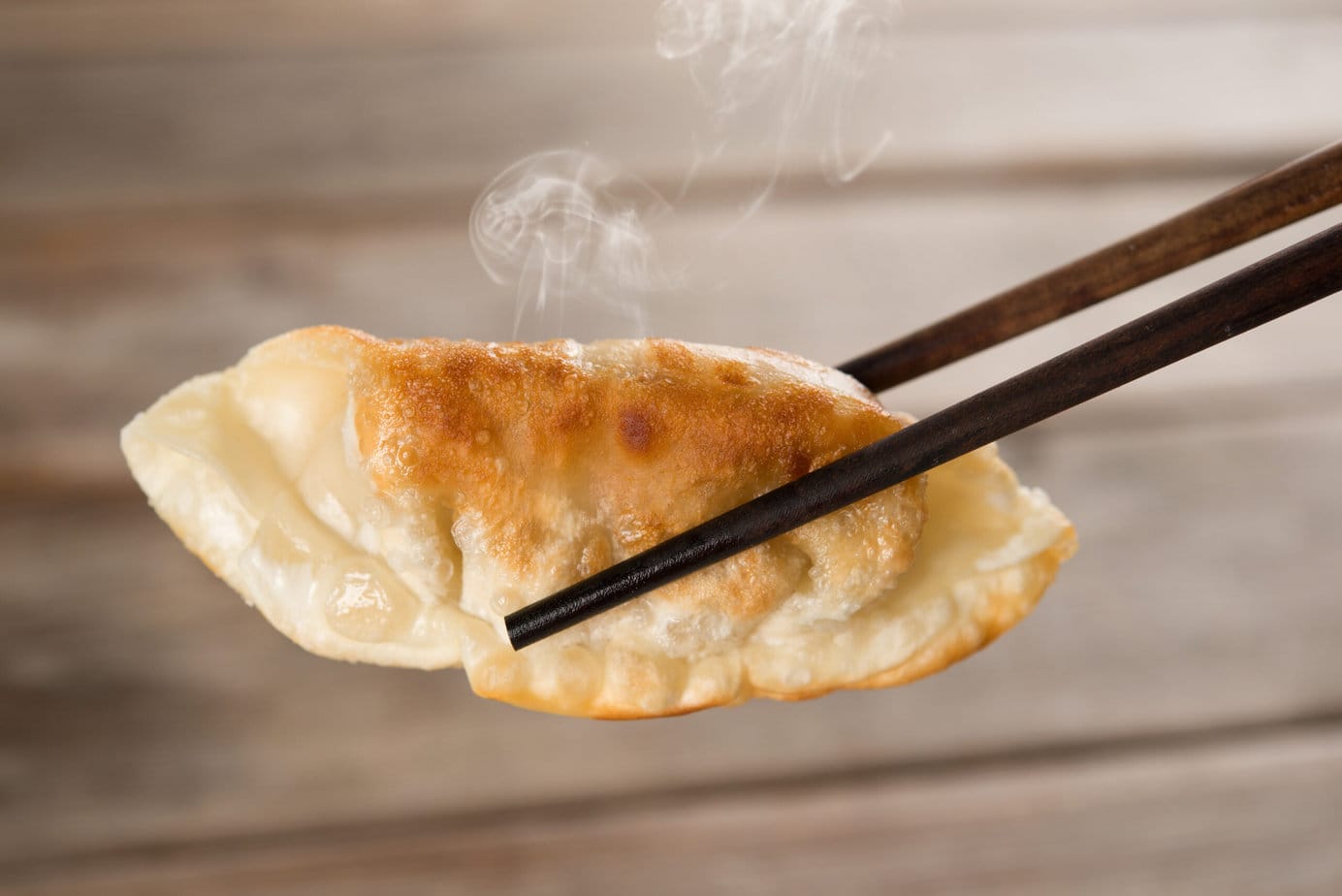
Other varieties deserve attention. Shumai are steamed dumplings filled with minced pork and shrimp, often seen in dim sum restaurants.
Nikuman are steamed buns stuffed with pork and are a favorite winter snack. Har gow, of Cantonese origin, have found a place in Japan with their translucent wrapper and shrimp filling.
Udon gyoza – fried dumplings filled with udon noodles – offer a unique twist, similar to the fried tofu in kitsune udon or niku udon. Each style showcases the depth and variety of Japanese cuisine.
The Art of Donburi
Oyakodon (48734e3c) sits proudly within the broad donburi family, a category that celebrates simplicity and bold flavor in a single bowl. Donburi are typically served in a large bowl about 15 cm across, heaped with toppings such as ajitsuke tamago or even the less traditional onsen tamago.
This serving style is practical and allows the rice to blend perfectly with its toppings.
In short, saying “I fried pork and put it on rice with a little sauce” may sound plain, but “For lunch I enjoyed a delicious katsu-donburi” certainly impresses the office.
Among the most popular variations is Gyudon (4e803c), where thin slices of beef simmer with onions in a light sauce, creating sweet-savory harmony.
Soboro don features richly seasoned minced meat.
Katsudon (4c953c) tops rice with breaded, fried pork cutlets and lightly set egg. For a non-fried option, try butadon or the miso version, miso katsu.
The Cult of Ready-to-Eat
I will not write a novel on Japanese corporate culture, but it has shaped many modern food habits. Take-out donburi, “sando” sandwiches such as katsu sando or tamago sando, and a reliance on industrial shortcuts all trace back to hectic work life.
A fast Japanese meal might be rice cooked with powdered dashi, store-bought furikake, bottled tonkatsu sauce, and Kewpie mayo. Delicious, yes, but marketing teams often hide what is basically pasta plus stock cube plus ketchup and mayo behind exotic names. Fortunately, homemade alternatives exist, so remember: Japanese does not automatically mean healthy.
Japanese Desserts
Americans may love dessert, but so do the Japanese – and they have hundreds to prove it.
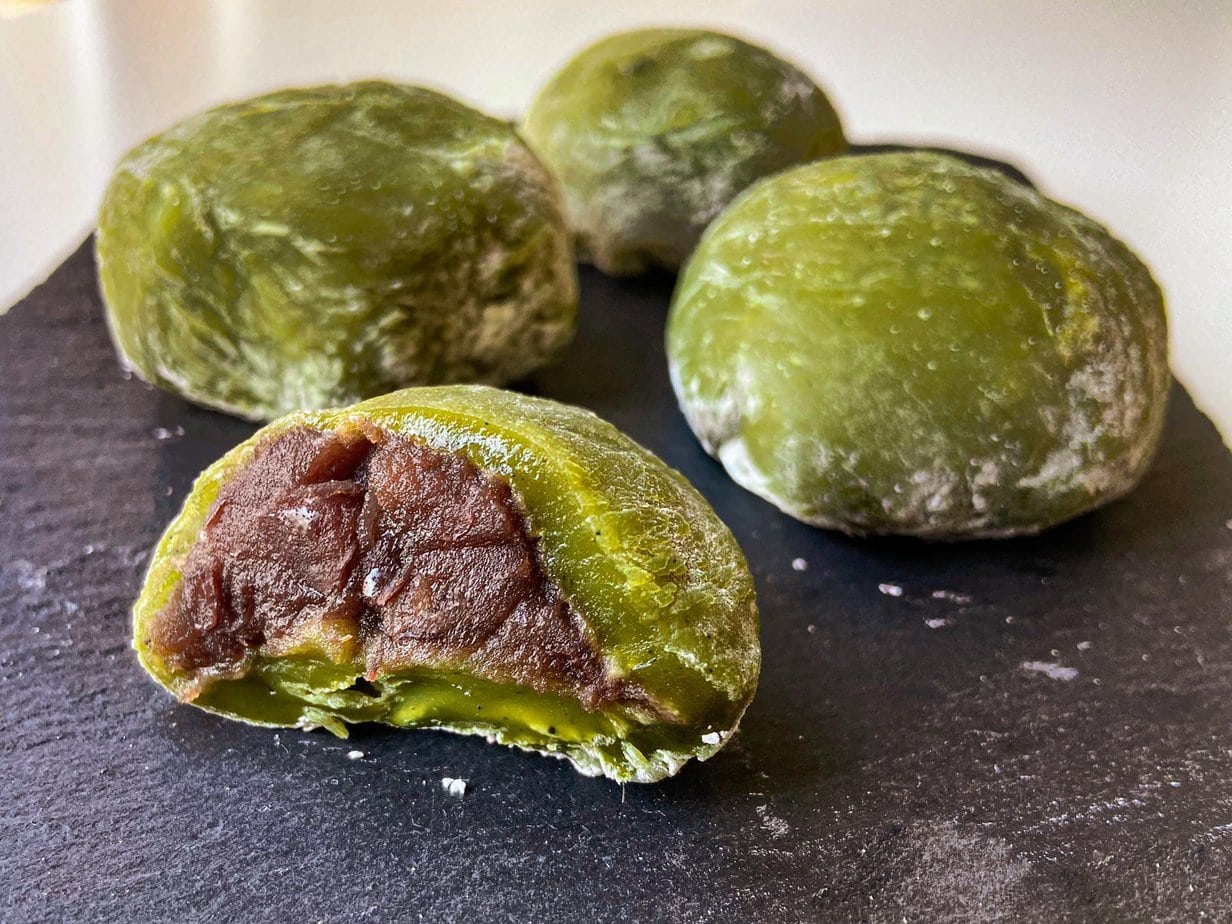
A more recent treat is the Japanese fluffy pancake – recipe here. They feel like biting into clouds.

Takikomigohan
In Japan, “takikomigohan” refers to rice cooked together with various ingredients so it absorbs all their flavors. For example, mame gohan seasons rice with dashi, peas, soy sauce, and other condiments.
Many versions exist, including tai-meshi, ayu-meshi, and gomoku-meshi, the last of which features shiitake mushrooms, bamboo shoots, burdock root, bean sprouts, and chicken.
Key Spices and Condiments in Japanese Cuisine
Four basic tastes guide Japanese seasoning: salt, sugar, vinegar, and miso. Common flavorings include:
Miso (soybean paste): Soybean paste often mixed with barley or rice. Used in soups and as a marinade, as in miso salmon.
Beni-shoga: Red salt-pickled ginger, key in okonomiyaki and yakisoba.
Mitsuba: Also called Japanese parsley, common in donburi.
Wasabi: Served with sushi and sashimi.
Su: Rice vinegar, golden and milder than white vinegar.
Sake: Japan’s signature alcoholic drink, used in many sauces and marinades.
Mirin: A sweet rice wine mainly for cooking. Read more here.

Shichimi: A seven-spice mix that usually includes dried ginger, nori or aonori, sesame seeds, red chili, sansho, dried mandarin peel, and hemp seeds.
Yuzu-kosho: A hot paste of yuzu, green chili, and salt.
Goma: Black or white sesame seeds for soups, dressings, and goma tofu.
Shiso: A mint-family herb used whole or chopped in sushi, tempura batter, cabbage salad, and more.
Yuzu lemon: Very tangy; used to season soups or stews, or brewed into yuzu tea.
Myoga ginger: An edible flower bud with a refreshing aroma.
Teriyaki sauce: A sweet sauce found everywhere. My recipe is here.
Katsuobushi: Bonito flakes, used for dashi and much more.
Tamari sauce: A rich, typically Japanese soy sauce.
Enoki mushrooms: Delicate mushrooms that have surged in popularity.
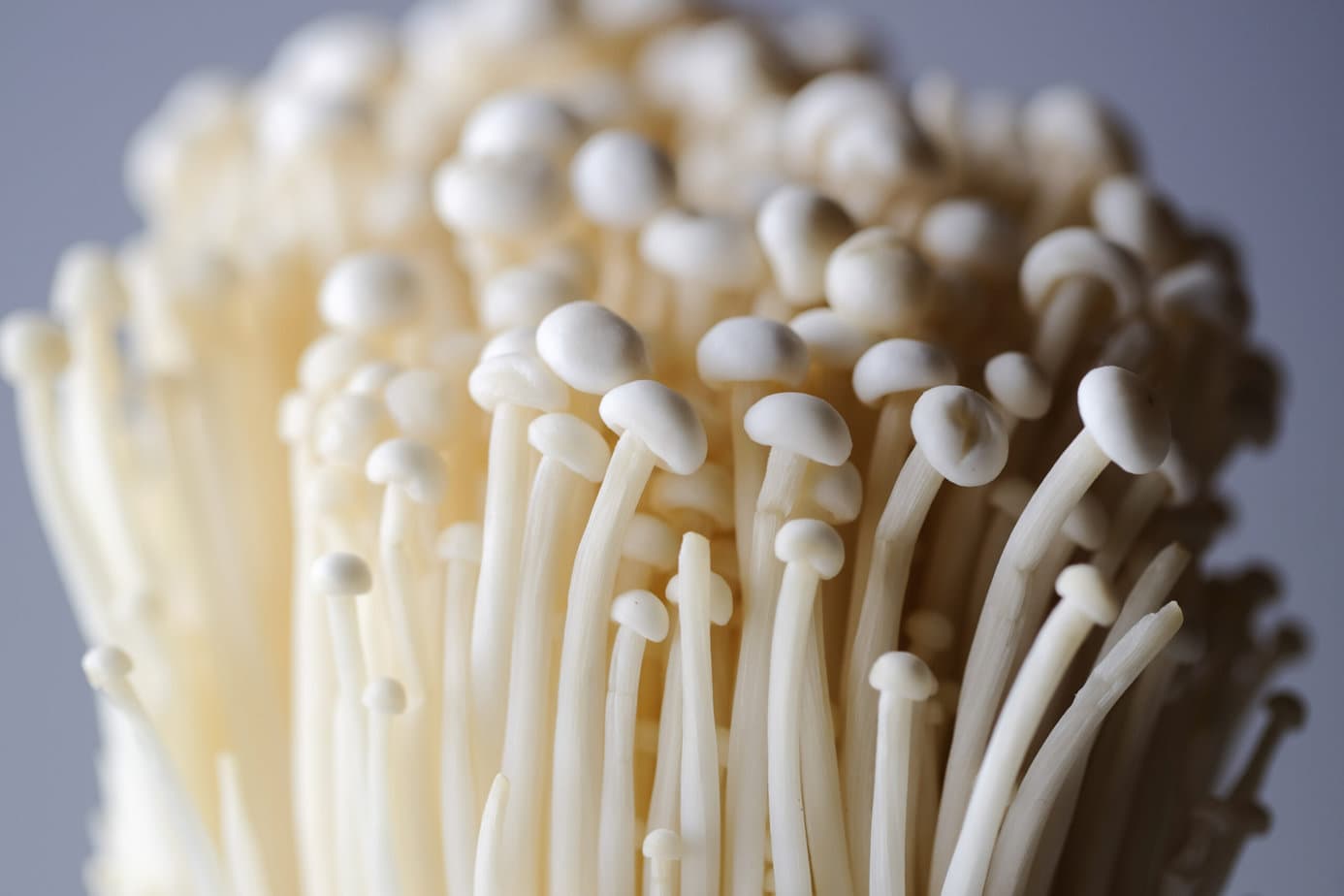
Daikon: A large white radish enjoyed raw, cooked, or as tsukemono.
Black sesame paste: Common in sweets.
Anko: Sweet red-bean paste found in treats like dorayaki.
Rice: Numerous varieties are grown and eaten in Japan.
Furikake: A tasty seasoning; try my homemade version.
Masago: Capelin roe widely used in sushi.
Japanese curry powder: The base for homemade Japanese curry.
Japanese curry roux: Key to perfect Japanese curry or katsu curry.
Eggs: Used everywhere, often with Kewpie mayo, as in Japanese potato salad or tamago kake gohan.
Wakame for the classic wakame salad
Kuzu for thickening sauces
Sansho pepper, reminiscent of Sichuan pepper, used in togarashi
Kamaboko: A fish loaf that includes narutomaki
Unagi sauce: Once made from eel broth; now simplified but still used to glaze eel.
Yakiniku sauce: For Japanese-style barbecue.
Yakisoba sauce: Essential for stir-fried noodles.
Goma dare sauce: A rich sesame dressing.
